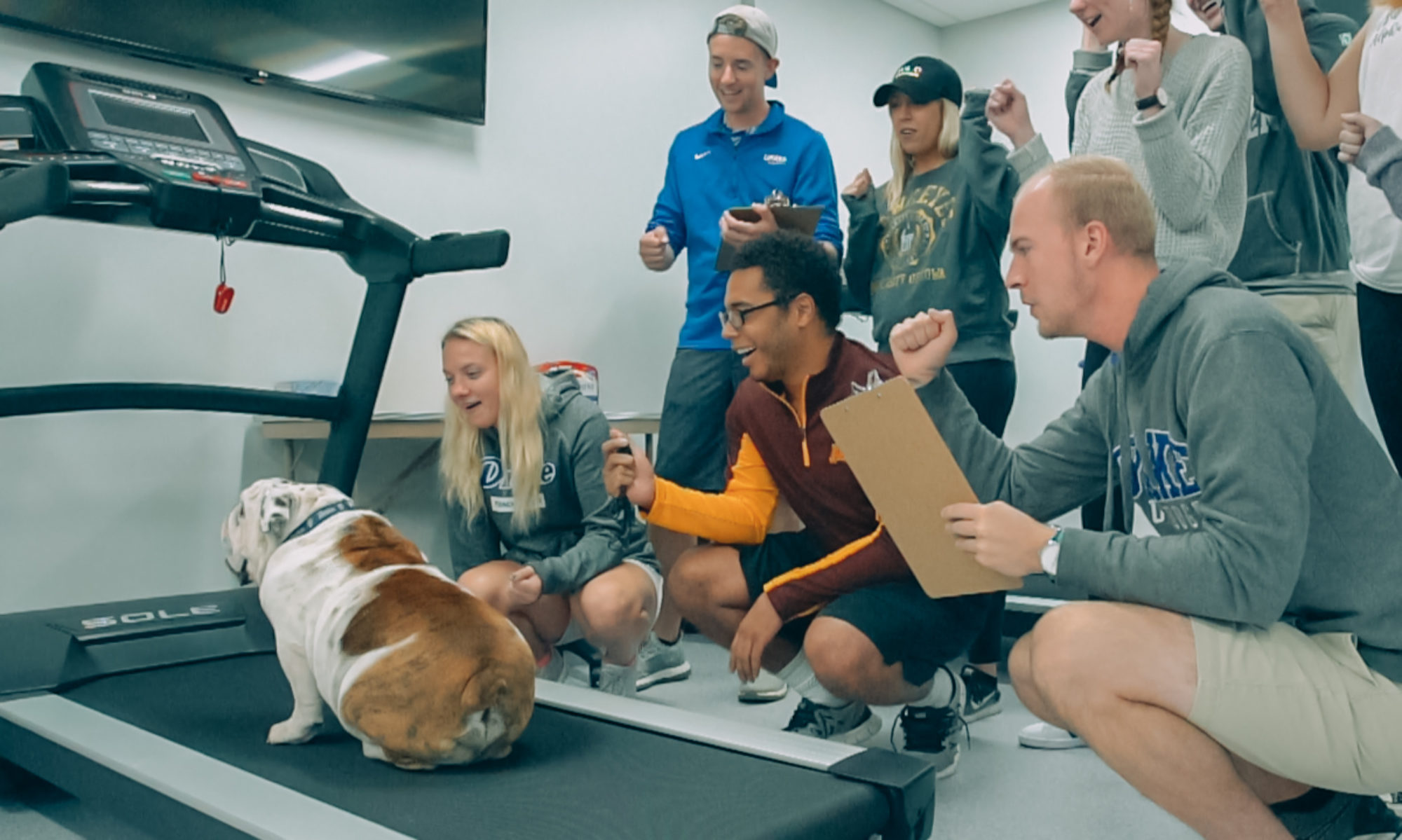Author: Emma Stock
The What
Cupping is one of the many methods of traditional Chinese medicine. It has been used as a modality in hospital and other settings since 1950 [2]. It is an application of glass or plastic cups that vacuum seal onto the body in a desired area. The cupping cups are used to stimulate the muscles as a treatment for aches and pains associated with various diseases, as well as other reasons listed in the “Why” section. There are two types of cupping therapies. [1] Wet cupping is a three step process. The first step is placing the cups in the desired area for a few minutes. The second step is removing the cups and making a small incision or puncture wound on the skin. The final step is placing the cup over the wound and letting the blood drain out for another few minutes (typically around 3-5min). Dry cupping does not include the puncturing of the skin, and is solely the cups placed on the relaxed person for a few minutes.
The Why
People likely enjoy cupping therapy (CT) because it is relatively inexpensive and a noninvasive (or minimally invasive) procedure that enables them to feel pain relief. Athletes, holistic advocates, and cupping patients receive cupping treatment to steer away from overusing pain medication and to have the body naturally respond to the problem with a little help.
The Who
Cupping therapy made its debut when Michel Phelps walked out onto the pool deck with dark purple circles all over his back. [1,2] Cupping is used to treat aches and pains associated with various diseases. Patients with herpes zoster, acne, facial paralysis, and cervical spondylosis have shown benefits to cupping therapy. Cupping therapy (CT) can also be used for workout recovery, inflammation management, and increasing blood flow. Wet cupping has been found to help individuals with muscle pain and carpal tunnel syndrome [3]. However, cupping is not limited to athletes or patients with medical issues. Some individuals enjoy the feeling of cupping and use it as a relaxing therapeutic or detox.
The Where
Cupping therapy can be done at massage studios, some sports recovery facilities, and individual cupping specialists. Cupping sets can also be purchased online, but should be used with caution and knowledge on how to properly use them. In relation to where the cups are placed on the body, that is up to you! The cups are strategically placed based off of the lymphatic system in the areas that you feel pain and/or the areas that need a little TLC. The lymphatic system is a network of tissues and organs that circulate blood to get rid of toxins.
The When
Receiving cupping therapy is up to you! There is no special required time or reason to receive it, in the sense of needing a medical referral. Cupping can be done as a post workout relief or regularly schedule cupping treatment for other health reasons. Cupping can also be done as a spa therapy treatment. It is up to you for when and why. Although if you are going for certain health conditions you might consider going regularly whether that be weekly or monthly. In addition, the treatment can not be done again until the dark circles of the cups have disappeared or a few days have passed.
The How
The exact method of how cupping therapy works has not yet been discovered. Although there are multiple theories on how it works. There is evidence that cupping reduces pain by relaxing the systemic system and increasing endogenous opioids in the brain. This allows the person to feel pain relief through relaxation. Other researchers propose the Blood Detoxification Theory. This theory purports that the main action of cupping is to enhance the circulation of blood and removal of toxins from the body. There are about five other theories on how cupping works. However, these two were the most pronounced. [1]
References
[1] A. Al-Bedah, I. Elsubia, et al., “Medical perspective of cupping therapy: Effects and
mechanisms of action,” Journal of Traditional and Complementary Medicine. 9(2)., 90-97, Aprilhttps://www.sciencedirect.com/science/article/pii/S2225411018300191.
[2] H. Coa, X. Li, J. Liu, “An Updated Review of the Efficacy of Cupping Therapy,” PLOS One. https://journals.plos.org/plosone/article?id=10.1371/journal.pone.0031793.
[3] A. Michalsen, S. Bock, et al. “Effects of Traditional Cupping Therapy in Patients With
Carpal Tunnel Syndrome: A Randomized Controlled Trial,” The Journal of Pain. 10(6).
601-608.June 2009, https://www.sciencedirect.com/science/article/abs/pii/S1526590009003721.
